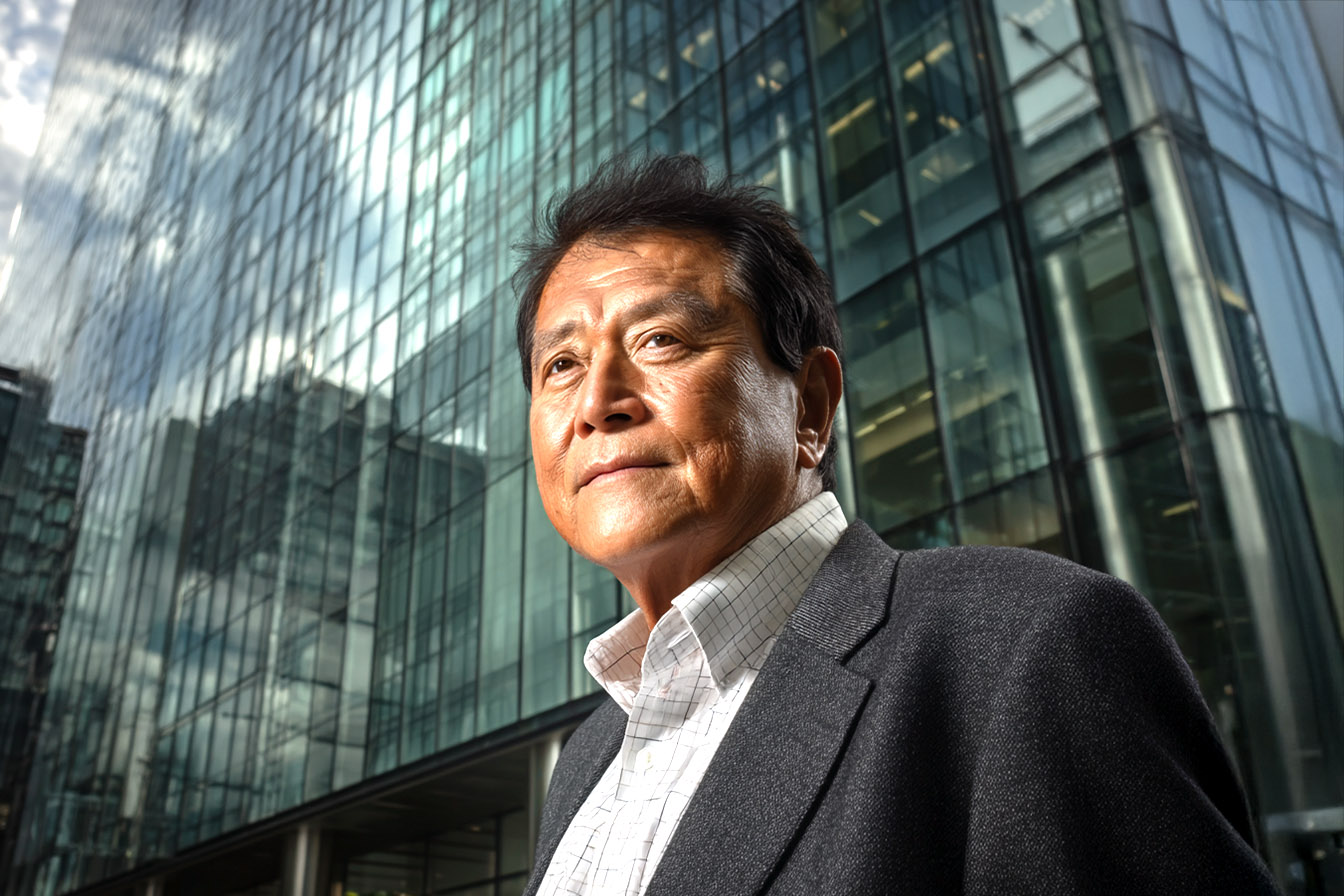Most people believe that earning a high income automatically leads to wealth. Yet countless professionals making six-figure salaries struggle financially, while others with modest incomes build substantial wealth. Robert Kiyosaki, author of “Rich Dad Poor Dad,” argues that the difference isn’t about how much you earn, but how you think about money.
The following five secrets represent core principles that separate those who accumulate high cash flows and a million-dollar net worth from those who appear wealthy through high incomes and expensive possessions.
1. They Buy Assets That Put Money in Their Pockets, Not Liabilities That Take Money Out
Kiyosaki defines assets as things that put money in your pocket each month, while liabilities take money out. This distinction reveals why many middle-class families struggle despite owning valuable items.
While valuable, a primary residence typically requires monthly mortgage payments, property taxes, insurance, and maintenance costs. These costs take money out of your pocket each month, making it a liability in cash flow terms.
Actual assets generate monthly income: rental properties with positive cash flow, dividend-paying stocks, businesses that generate profits without requiring constant presence, and royalties from intellectual property.
The wealthy focus obsessively on acquiring income-generating assets. They might live in modest homes while building portfolios of rental properties. They prioritize investments that provide regular cash flow over those promising only future appreciation. This creates financial stability and provides capital for acquiring additional assets.
2. They Focus on the Business Owner and Investor Quadrants, Not Trading Time for Money
Kiyosaki’s Cash Flow Quadrant divides income earners into four categories: Employees work for others and receive paychecks. Self-employed individuals own jobs but still trade time for money. Business owners create systems that generate income without their constant presence. Investors use money to make more money.
The left side (employees and self-employed) faces inherent limitations—only so many hours in a day exist. Even highly paid professionals struggle to build significant wealth because their income stops when they stop working.
The right side offers unlimited scalability. Business owners build systems that generate income twenty-four hours a day, and investors deploy capital to acquire assets that produce returns without active involvement.
The wealthy understand that true financial freedom comes from building income streams that don’t require trading time for money. They create businesses and investment portfolios, generating cash flow whether working, sleeping, or vacationing.
3. They Use the Tax Code to Their Advantage Through Business Ownership and Investments
The tax system treats different income types differently. Employees earn money, pay taxes on their full income, and then spend what remains. Business owners and investors earn money, spend on legitimate business expenses, and then pay taxes only on what remains.
Business owners can deduct legitimate expenses like office rent, equipment, travel, education, and professional services. These deductions reduce taxable income, allowing them to keep more for reinvestment.
Real estate investors benefit from depreciation allowances, providing tax deductions even when properties appreciate. These paper losses can offset other income, reducing overall tax liability while building wealth.
The tax code encourages investment and business creation through these incentives. Wealthy individuals study tax law or hire professionals who understand these strategies, using available legal methods to minimize tax liability while maintaining proper compliance.
4. They Prioritize Financial Education Over Job Security and Academic Credentials
Traditional education prepares students for employment but provides little practical education about money, investing, or wealth building. Most graduates understand complex subjects but lack basic knowledge about financial statements, compound interest, or investment principles.
Financial education represents the foundation of wealth building. Understanding financial statements helps evaluate investments and business performance. Knowledge of debt and leverage enables strategic use of other people’s money. Understanding markets and economic cycles helps with time investments and avoiding significant losses.
Job security has become largely obsolete. Companies regularly downsize, industries disappear through technological change, and economic shifts eliminate employment categories. Relying solely on employment income creates vulnerability to uncontrollable forces.
Wealthy individuals commit to continuous learning about money and investing. They read financial publications, attend seminars, join investment groups, and seek mentorship. This education enables them to recognize opportunities and avoid wealth-destroying mistakes.
5. They Leverage “Good Debt” to Acquire Income-Producing Assets
Kiyosaki distinguishes between good debt and bad debt. Harmful debt finances consumption or depreciating assets like cars or luxury items. Sound debt finances income-producing asset acquisition.
Wealthy individuals use other people’s money to acquire assets, generating returns exceeding borrowing costs. A rental property purchased with a mortgage becomes profitable when rental income exceeds all expenses, including debt service.
Leverage amplifies returns. An investor purchasing property with twenty percent down controls an asset five times larger than their initial investment. If the property appreciates or generates cash flow, returns on actual cash invested can be substantial.
However, leverage also amplifies losses and increases risk. Properties can decline in value, experience vacancies, or require significant repairs. Successful leverage use requires thorough due diligence, conservative assumptions, and adequate cash reserves.
Wealthy individuals approach leverage strategically, ensuring positive cash flow after debt service, maintaining adequate reserves, and diversifying investments to manage risk.
Conclusion
These five secrets represent fundamental differences in how wealthy individuals think about money compared to traditional middle-class approaches. They focus on cash flow rather than net worth, prioritize financial education over job security, and use debt strategically to acquire income-producing assets.
Implementing these principles requires significant mindset shifts and ongoing education. They are long-term strategies that require patience, discipline, and often professional guidance.
The path from middle-class financial thinking to wealth-building strategies begins with education and small steps. Start by distinguishing between assets and liabilities in your financial situation. Seek opportunities to develop additional income streams. Study successful investors and business owners.
These concepts challenge conventional wisdom but offer an alternative approach to building financial independence. Understanding these perspectives can expand your financial options and accelerate your wealth-building journey.
